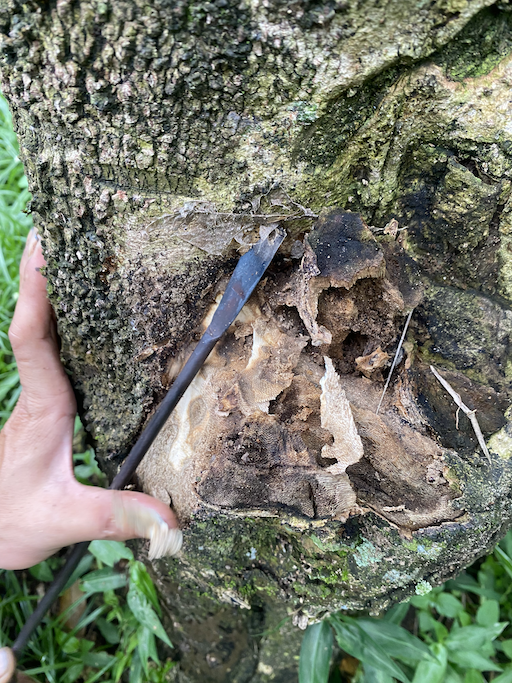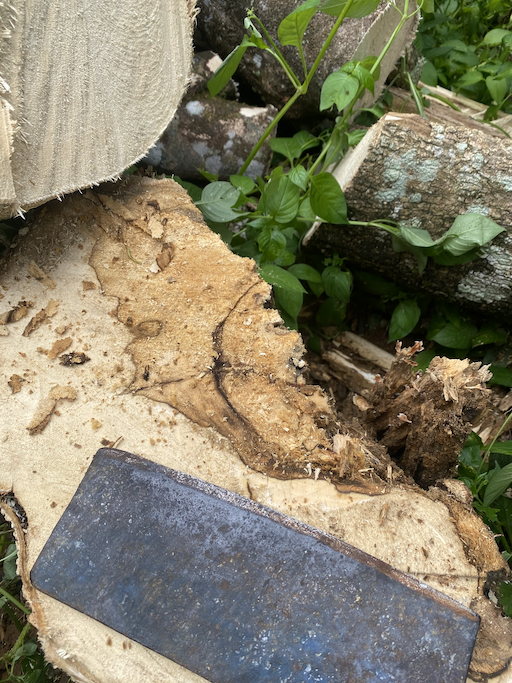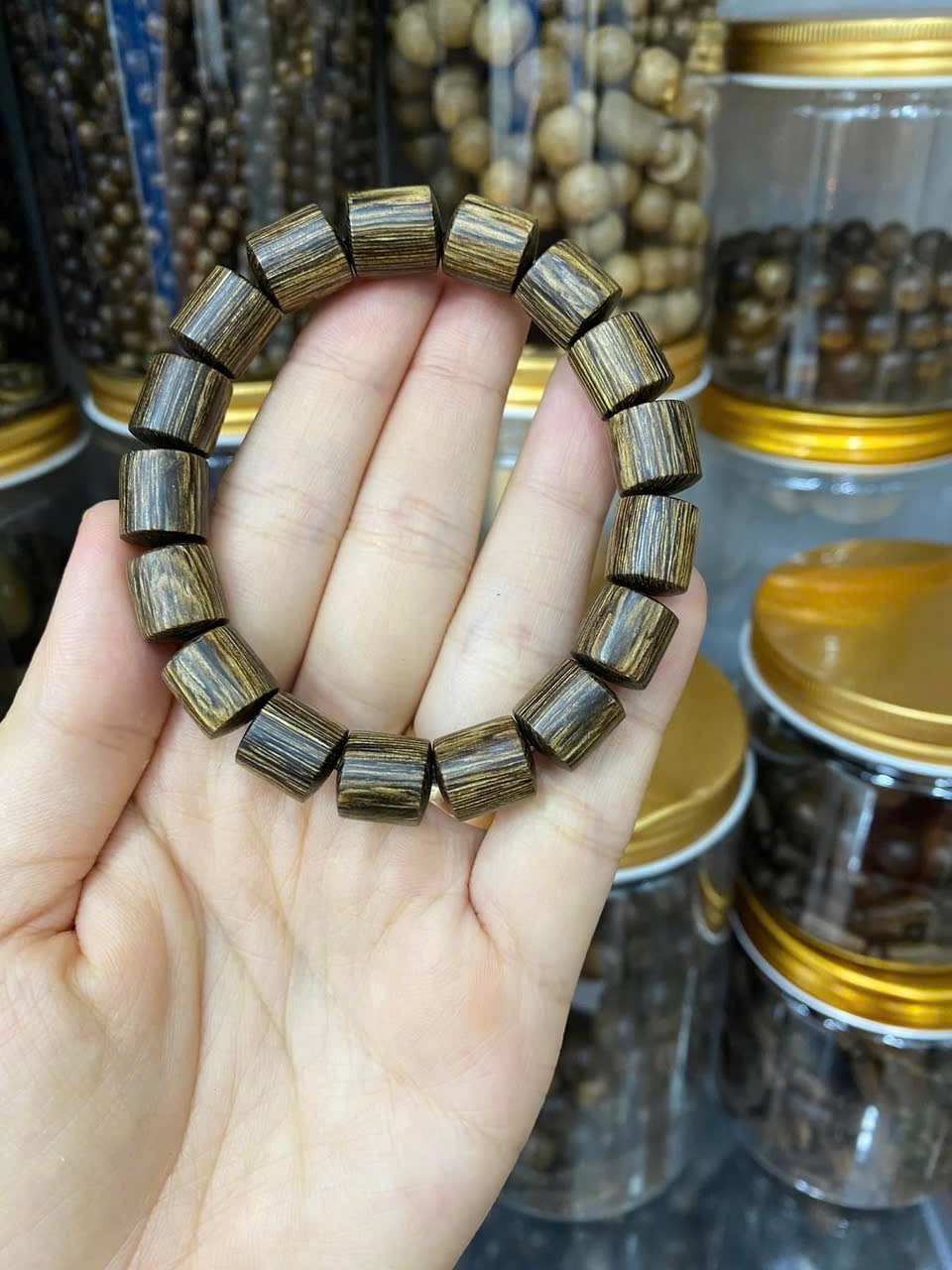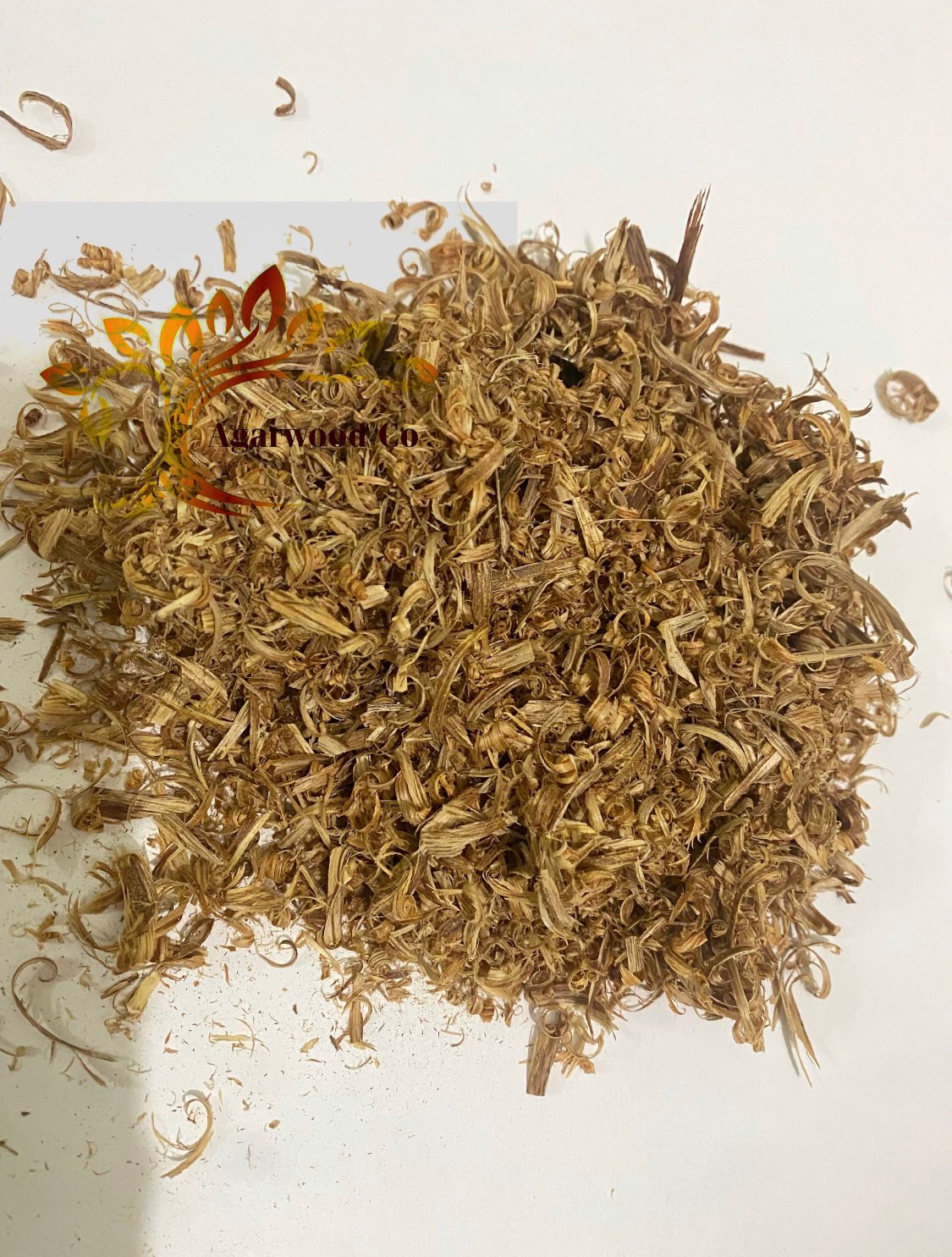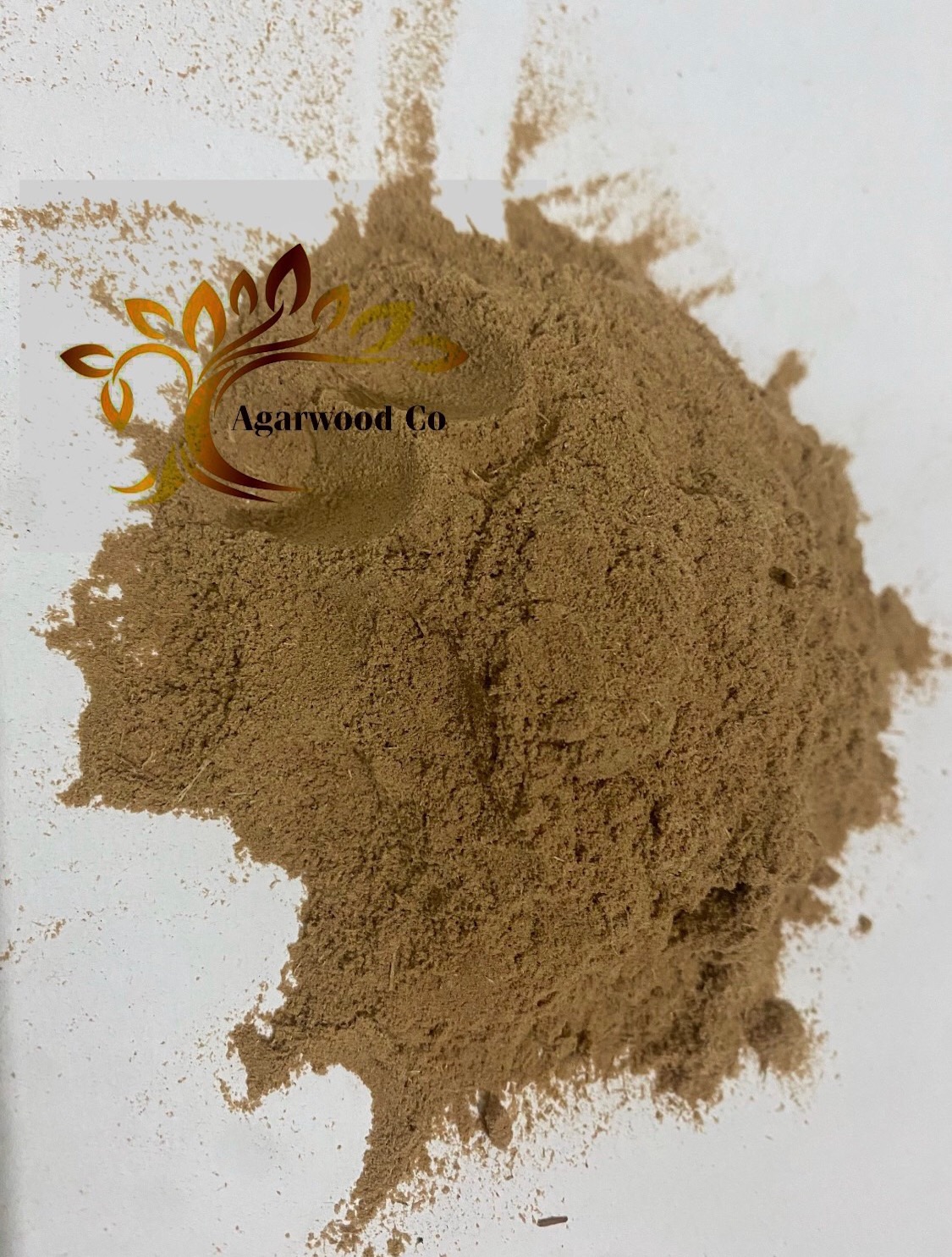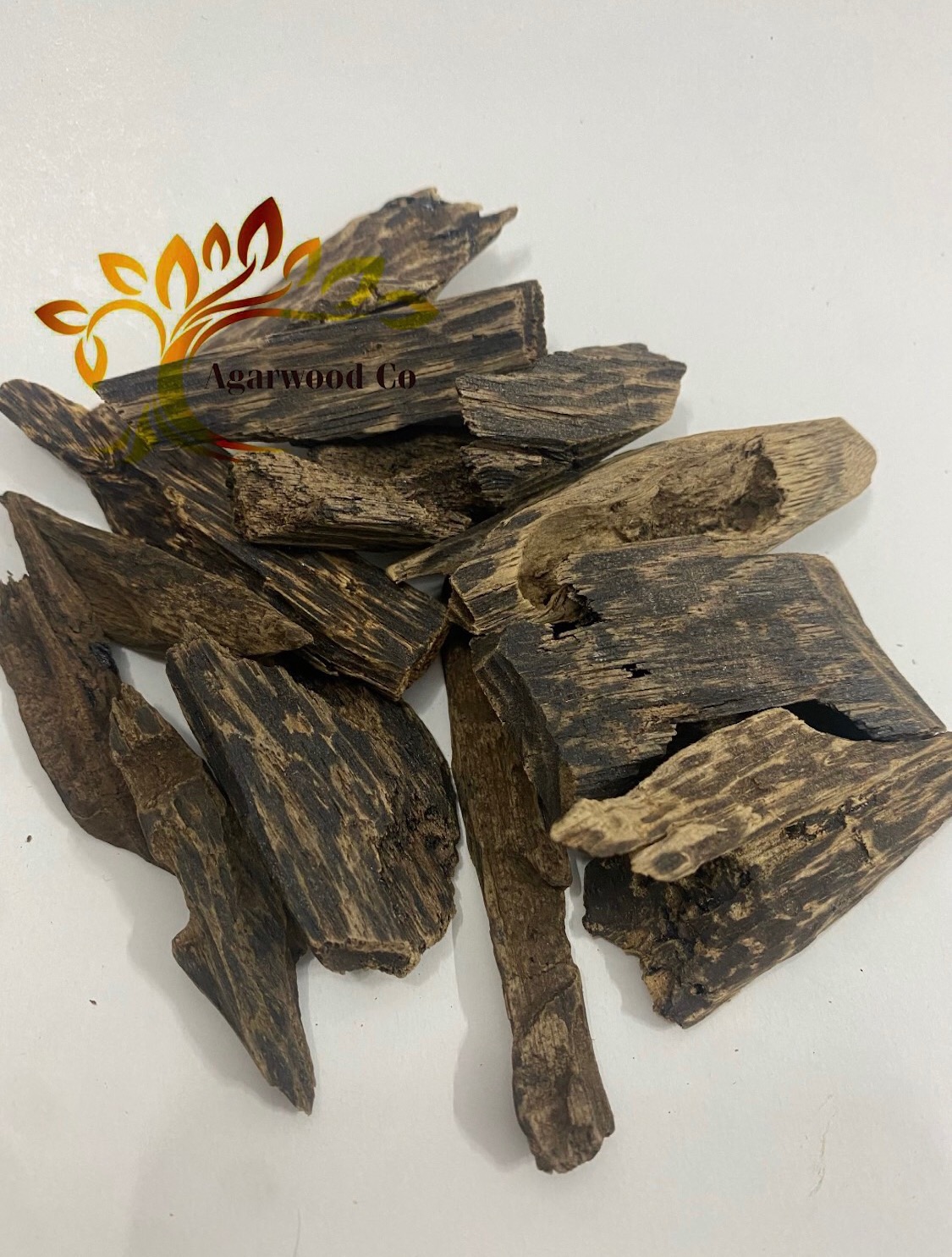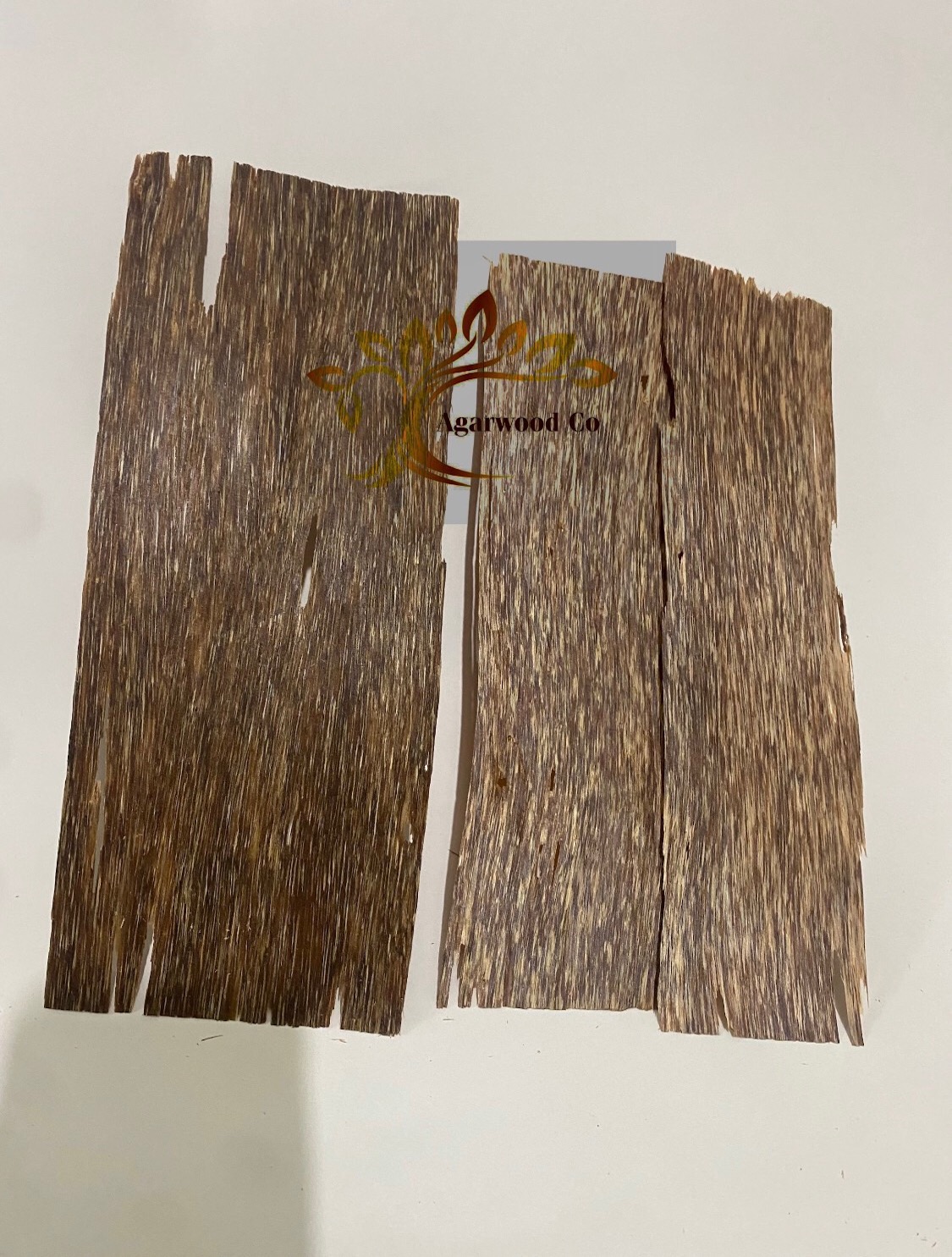News Detail
The Vietnamese Agarwood/Oud Tree - Aquilaria Crassna
1. What is the Agarwood Tree?
The agarwood tree (commonly known as Do Bau in Vietnamese, scientific name: Aquilaria Crassna) is a tropical evergreen tree species belonging to the Thymelaeaceae family. It thrives in the rainforests of Southeast Asia, including Vietnam, Laos, Cambodia, and Thailand.
In Vietnam, this tree is mainly found in central provinces such as Quang Nam, Khanh Hoa, Quang Binh, and Gia Lai, where the climate and soil conditions are ideal for growth and the natural formation of agarwood.
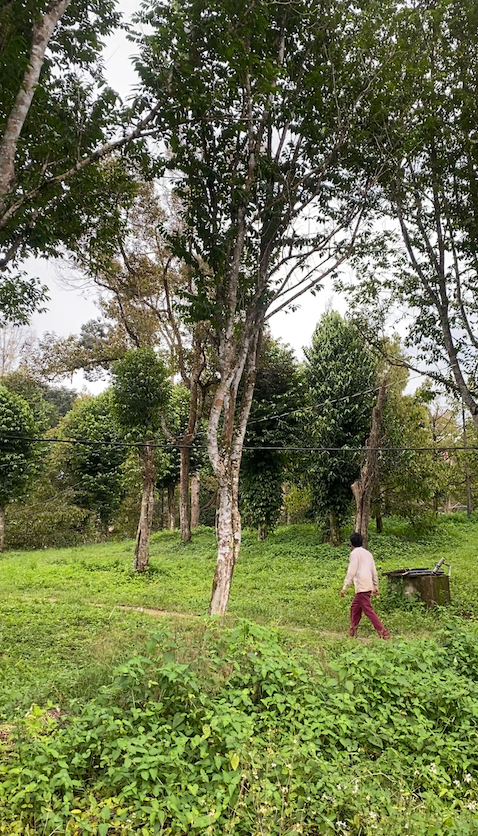
2. How is Agarwood Formed?
The raw wood of the Aquilaria tree is white, odorless, and has little economic value. However, when the tree is injured—by insects, weather, or human intervention—it naturally secretes a resin to protect itself. Over time (5–20 years), this resin accumulates within the wood, forming agarwood.
Agarwood is the fusion of wood and fragrant resin, with older pieces typically having darker color, higher oil content, and richer aroma.
3. Unique Characteristics of Vietnamese Agarwood Trees
✅ Rare and Premium Species – Aquilaria Crassna
Vietnam is home to Aquilaria Crassna, one of the world’s finest agarwood-producing species, highly valued by international experts and traders.
✅ High-Quality Resin Formation
Vietnamese agarwood contains a high concentration of natural resin, resulting in a sweet, deep, and long-lasting fragrance. When burned, it produces light, smooth smoke that promotes relaxation—ideal for spiritual and cultural practices.
✅ Faster Resin Formation Compared to Other Regions
Thanks to favorable climate conditions, Aquilaria trees in Vietnam can form agarwood in 5–10 years, faster than in many neighboring countries.
4. Cultural and Economic Value of Agarwood Trees
🔸 Economic Value
Agarwood is one of the most valuable non-timber forest products in Vietnam. It is exported to major markets such as Saudi Arabia, UAE, Japan, and Korea. It is processed into:
- Agarwood chips and incense
- Agarwood essential oil
- Agarwood resin
- Cooked agarwood (Sanai)
- Jewelry and spiritual beads
🔸 Cultural & Spiritual Significance
Agarwood has been deeply rooted in Vietnamese culture and spirituality, often used in Buddhist rituals, royal ceremonies, and folk worship. It symbolizes purity, good fortune, and prosperity.
5. A Path Toward Sustainable Development
To preserve this precious natural resource, many Vietnamese companies are:
- Developing artificial agarwood through inoculation techniques
- Applying biotechnology in plantation and resin stimulation
- Ensuring full compliance with CITES (Convention on International Trade in Endangered Species)
- Building Vietnamese agarwood brands for global markets
Conclusion
The Vietnamese agarwood tree is not just a forest species – it is a natural treasure, representing the harmony between nature, culture, economy, and spiritual heritage. With increasing global recognition, Aquilaria Crassna is opening new opportunities for Vietnam's agriculture and export industries.
